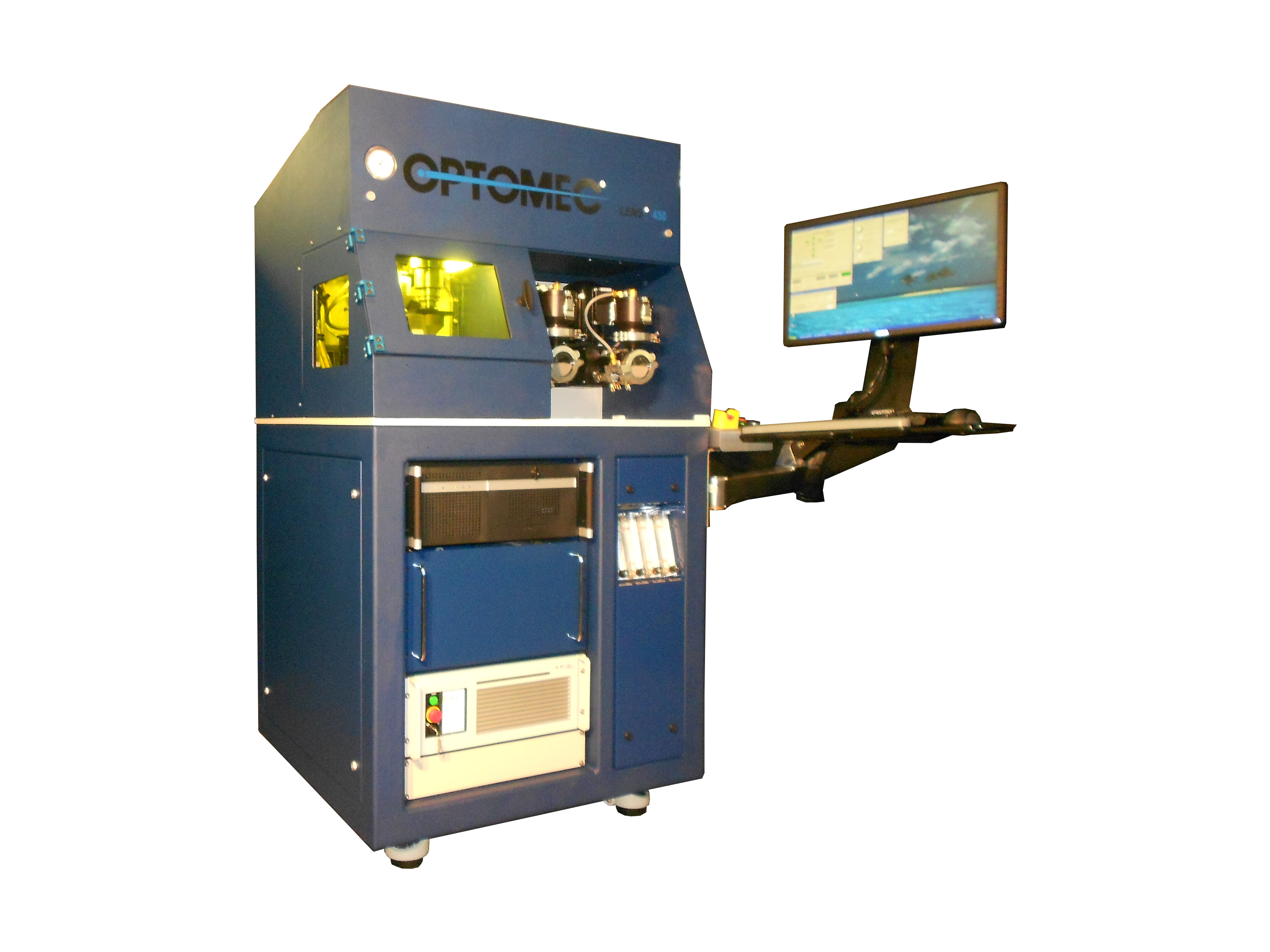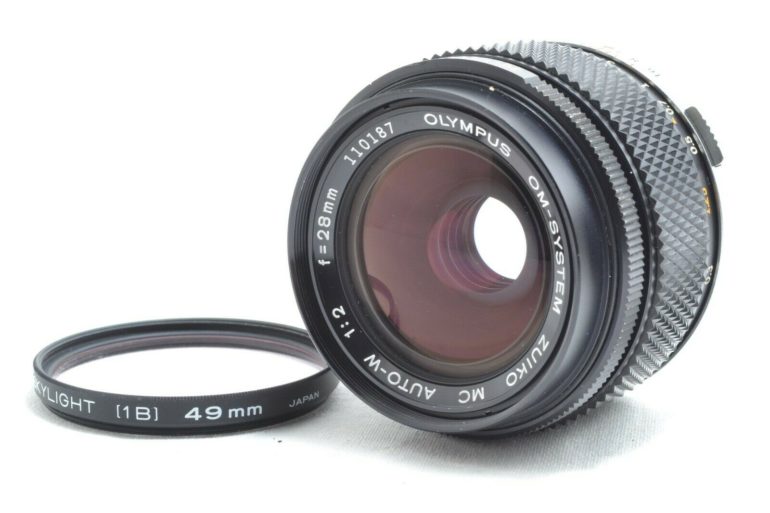


Their fi rst fl exible fi berscope consisted of 200,000 individual fi bers with a diameter of 10 m m and was made available for clinical use in 1960 (1, 35, 36). They replaced the glass fi bers used by Hopkins with better optical fi ber material and a glass coating that contained a lower refractive index (90). Hirschowitz showed much interest in Hopkins ’ developments and with his colleague Larry Curtis improved Hopkins ’ technique in 1956 (35, 36, 62). Although these results did not generate interest in the industry and Hopkins did not receive any funding to develop his instrument further, gastroenterologist Basil Hirschowitz (1925 e 2013 South Africa) was able to obtain fi nancial support. This instrument was named the fl exible fi berscope by Hopkins and Kapany (35, 44, 90). In this report, Hopkins and Kapany transmitted the images through glass fi bers with a 0.1-mm diameter and later decreased the diameter to 0.025 mm to transmit a clearer image (35). In cooperation with his fellow Narinder Singh Kapany, Hopkins created a bundle of glass fi bers that transmitted a visible image in 1953 and reported their results in 1954 in a letter to the journal Nature (1, 35, 36). The idea of bundles of glass fi ber to transmit light was fi rst demonstrated by Heinrich Lamm in 1932, but his system included only about 400 glass fi bers, and Hopkins improved on this idea (2, 90). With this idea, he gathered a bundle of glass fi bers that had a higher refraction in the center to improve the transport of images and increase the total re fl ection within the scope (36). Shortly after this invention, in 1951, Hugh Gainsborough approached Hopkins commenting on the insuf fi cient optical quality of the present endoscopes, and Hopkins developed the idea of using glass fi bers for the transmission of image and light (1, 35, 36). This invention depicted his strong under- standing of optical systems that allowed him to minimize image defects in image systems. Baird (1888 e 1946 United Kingdom) suggested the idea of the transmission of images through fl exible glass cables, Hopkins invented the zoom lens, which was suggested by the British Broadcasting Corporation (1, 35, 62). Hopkins, a physicist who specialized in optics, is widely credited for his contri- bution to the fi eld of neuroendoscopy (1, 13, 33, 35, 36, 62). Through his specialization and development of fi beroptics and his rod-lens system, substantial improvements have been made in neuroendoscopes. He is the physicist behind the types of endoscopes, the fi berscope and the rigid rod-lens endoscope (13, 30, 34-36, 62, 90), reignited neurosurgeons ’ interest in prac- ticing endoscopic techniques. In the fi eld of neuroendoscopy, Harold Hopkins (1918 e 1994 United Kingdom) is the most in fl uential scientist who contributed a signi fi cant technical advancement that is still present to this day. It was not until the development of better optics established by Harold Hopkins that neuroendoscopy began emerging into the fi eld once more. from becoming an option in clinical practice (23, 30, 48, 51, 50, 70). Optimization methods in finding effective repairs for performance faults andįinding configurations with near-optimal performance. Indicate that Unicorn outperforms state-of-the-art performance debugging and Management system, and a data analytics pipeline. Including three on-device machine learning systems, a video encoder, a database We evaluated Unicorn on six highly configurable systems, Interactions between configuration options across the software-hardware stackĪnd (ii) describes how such interactions can impact performance variations viaĬausal inference. This, we propose a new method, called Unicorn, which (i) captures intricate Hardware, workloads), and (ii) may produce incorrect explanations. Therefore, they become (i) unreliable in unseen environments (e.g., different Performance modeling and analyses rely on predictive machine learning models, Over a vast and variable space, is challenging. UnderstandingĪnd reasoning about the performance behavior of highly configurable systems, Space sometimes larger than the number of atoms in the universe.
#SYSTEM LENS PDF#
Authors: Md Shahriar Iqbal, Rahul Krishna, Mohammad Ali Javidian, Baishakhi Ray, Pooyan Jamshidi Download PDF Abstract: Modern computer systems are highly configurable, with the total variability


 0 kommentar(er)
0 kommentar(er)
